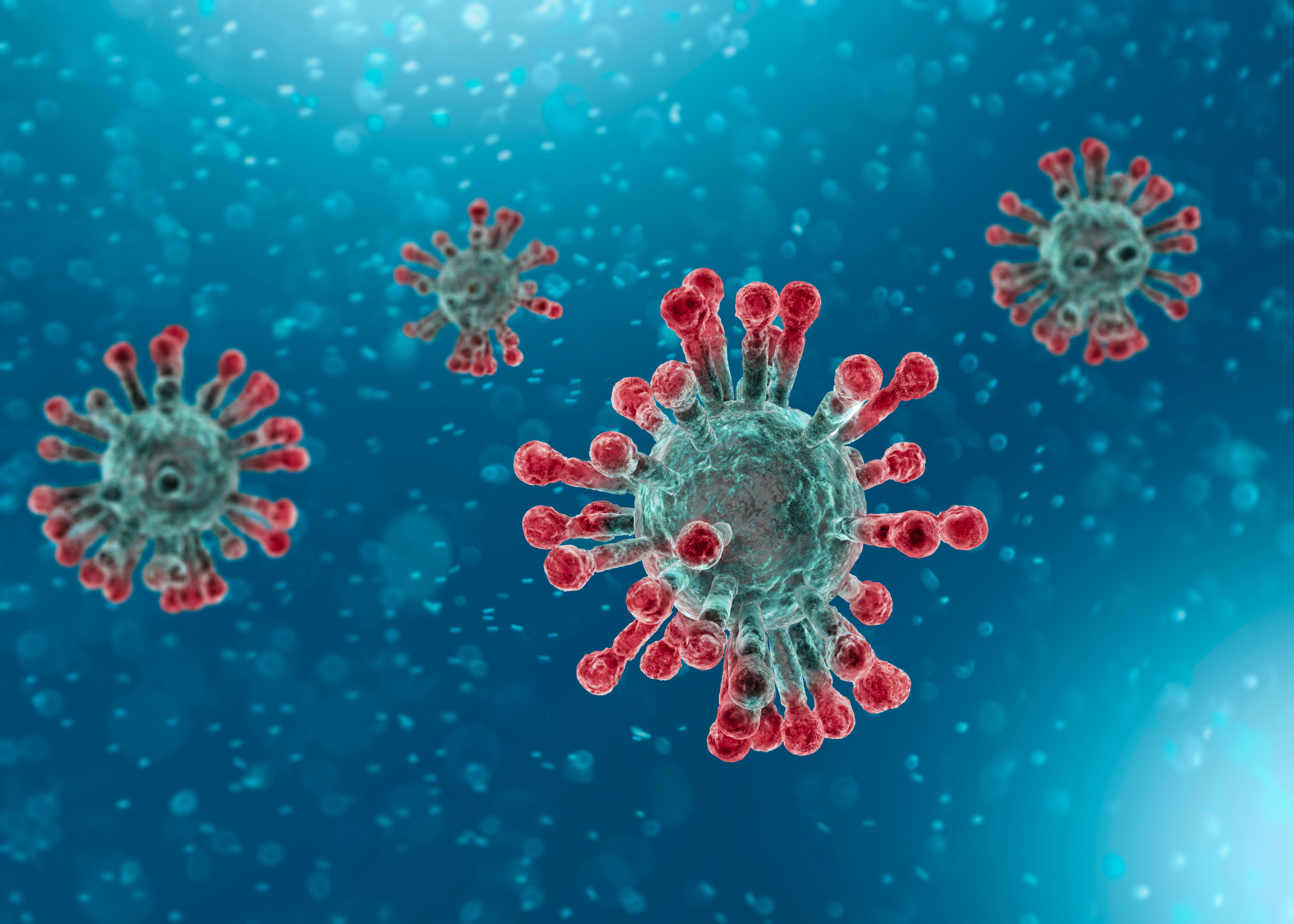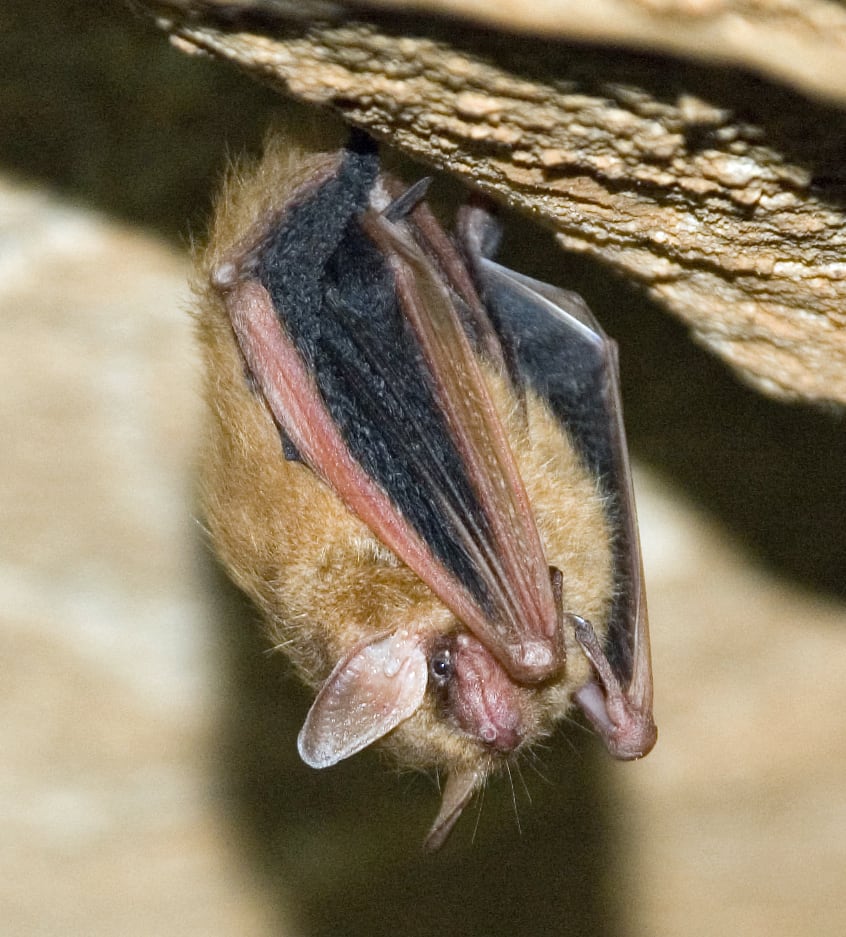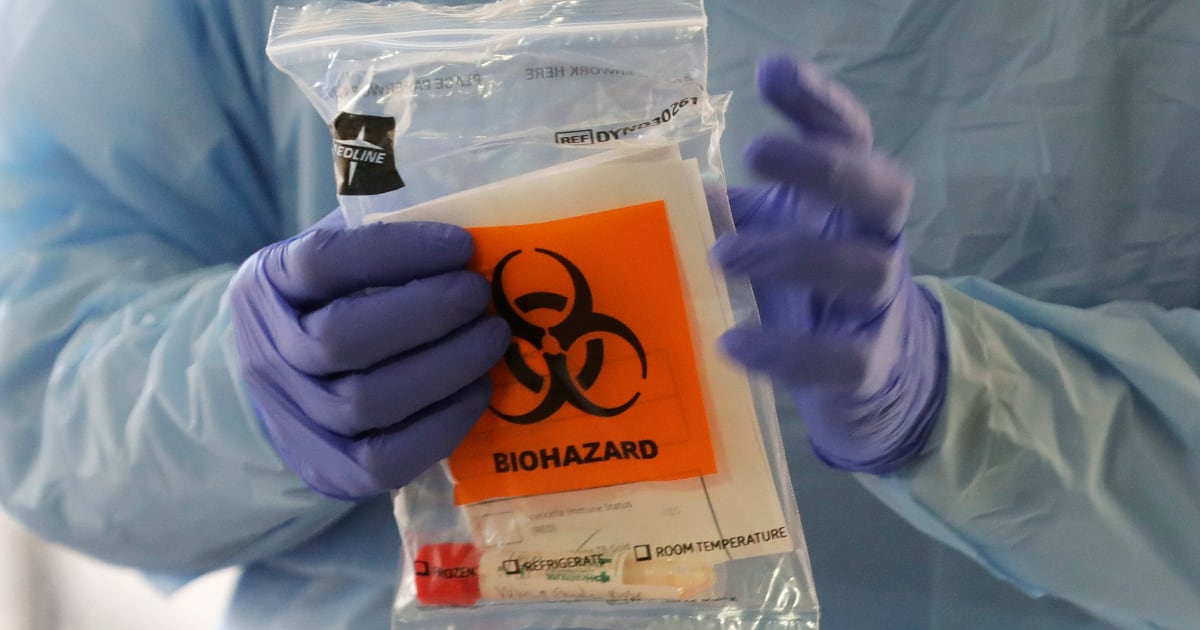Navy Times editor’s note: We’ve discussed in previous articles how several strains of coronavirus jumped from bats and other host animals to humans. Researchers still haven’t decided which intermediary host might have carried the novel strain of virus that’s now become a global pandemic in human populations — maybe snakes, maybe pangolins — but they strongly suspect it started in Chinese bats. Dr. Marcos E. García-Ojeda fills in what we know and points out what we don’t.

1. How does this new virus differ from other coronaviruses?
The family Coronaviridae contains about 39 different species of coronaviruses.
Of these, only seven coronaviruses have been reported to infect and cause disease in people. Four coronaviruses cause mild symptoms similar to the common cold, but three coronaviruses cause severe and possibly deadly infections: the severe acute respiratory syndrome coronavirus (SARS-CoV), the Middle East respiratory syndrome coronavirus (MERS-CoV), and now, SARS-CoV2, which is responsible for the current coronavirus disease COVID-19.
SARS-CoV2 is a cousin of the coronavirus that caused SARS, having about 79 percent similarity in its genetic makeup. Though similar, these two viruses are not the same, and their disease manifestations are different. SARS was recognized at the end of February 2003 in China.
Worldwide, 8,098 people became sick with SARS and 774 died, with the disease having a mortality rate of 10 percent.
MERS-CoV was first identified in Saudi Arabia in September 2012. Globally, MERS-CoV was responsible for 2,494 MERS cases and 858 deaths, with a mortality rate of 37 percent.
The ongoing SARS-CoV2 epidemic and the rate of infection and mortality seem different than both SARS-CoV and MERS-CoV.
As of March 10, the U.S. has 866 COVID-19 cases with 28 deaths, while 45 cases have been reported in Canada.
It seems that SARS-CoV2 is less deadly than the other two coronavirus strains, but it is more contagious.

2. Some people are saying COVID might become endemic. What does this mean?
Aggressive diseases like SARS give rise to epidemics – outbreaks where the number of new cases flares up rapidly in a region. Effective, evidence-based public health measures reduce the number of new patients infected, until these aggressive diseases are controlled.
In contrast, an endemic disease is constantly present in a certain geographic region. A good example of an endemic disease is malaria, which is constantly present in tropical regions of Africa, Asia and Latin America.
The 2003 SARS epidemic was controlled by a combination of effective international surveillance methods and local, evidence-based public health measures. International surveillance systems alerted the authorities of the emergence of a novel disease, helping set up guidance for travelers, airlines and crew. It also set in motion a global response that prevented the spread of the disease, and helped the local public health efforts to identify and quarantine infected people.
Effectively, this combined response prevented SARS from becoming endemic. By July 2003, four months from the onset of the outbreak, human-to-human transmission of SARS had stopped.

3. How do these viruses jump to humans?
The majority of new diseases affecting humans are zoonotic, meaning that they originate in wild animals (mostly mammals) and then cross over to people.
Among mammals, bats have a higher number of zoonotic viruses. These viruses might cause mild to no symptoms in bats. People and animals interacting with bats (or their urine, feces or saliva) might catch these zoonotic viruses and then spread them to other animals or people.
The trapping of wild animals for pets, food or medicinal purposes puts wild animals like bats in close contacts with other animals and people.
That is what happened in the previous two coronavirus outbreaks. In the 2003 outbreak, the SARS coronavirus jumped from bats to civets being sold as food in a market, and then from civets to people.
In the MERS outbreak, the MERS coronavirus jumped from bats to camels and from camels to people.
As a result of the COVID-19 epidemic, China placed a permanent ban on wild animal markets.
4. Why don’t bats get sick from the virus?
Bats are pretty incredible animals. They are the only mammals that fly.
Scientists have linked the genetic modifications associated with flight with beneficial modifications to the bat’s immune system.
For example, the bat’s immune system fights viral infections but does not overreact to them, preventing bats from falling ill from the many viruses they have.

5. How do organisms reach a ‘truce’ with a virus?
The outcome of a virus infecting an animal depends on two general factors: The first is how strong, or virulent, is the strain of the virus. The second is the effectiveness of the infected animal’s immune defenses.
Initially, a virus might be highly lethal to animals. Rapidly killing its host is not beneficial to the virus because it limits the virus’s capacity to spread to other animals. Therefore, the virus become less virulent with time.
On the other hand, animals sensitive to the virus die quickly, while animals with inherited resistance to the virus survive, passing that resistance to their offspring.
This combination of events, over a large period of time, results in an equilibrium where the animal’s immune system is able to control a virus infection without completely eradicating it.
In people, this type of equilibrium could be observed with herpes infections.

Dr. Marcos E. García-Ojeda is an associate teaching professor of Biology at the University of California, Merced. His research focuses on the microenvironmental and genetic signals required for stem cell function and lymphocyte development. In particular, he is interested in the role of the transcription factor GATA-3 in the commitment and differentiation of stem cells into T cells.
RELATED





